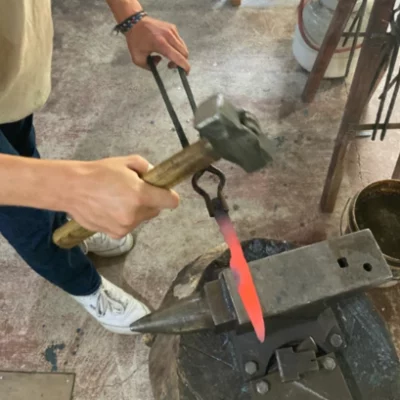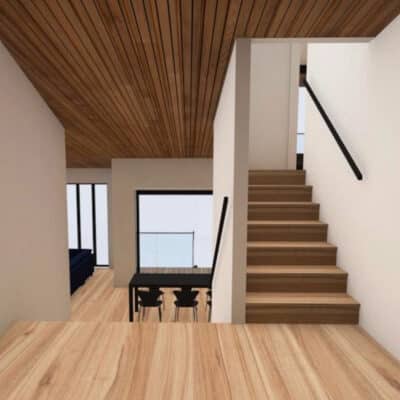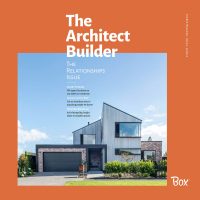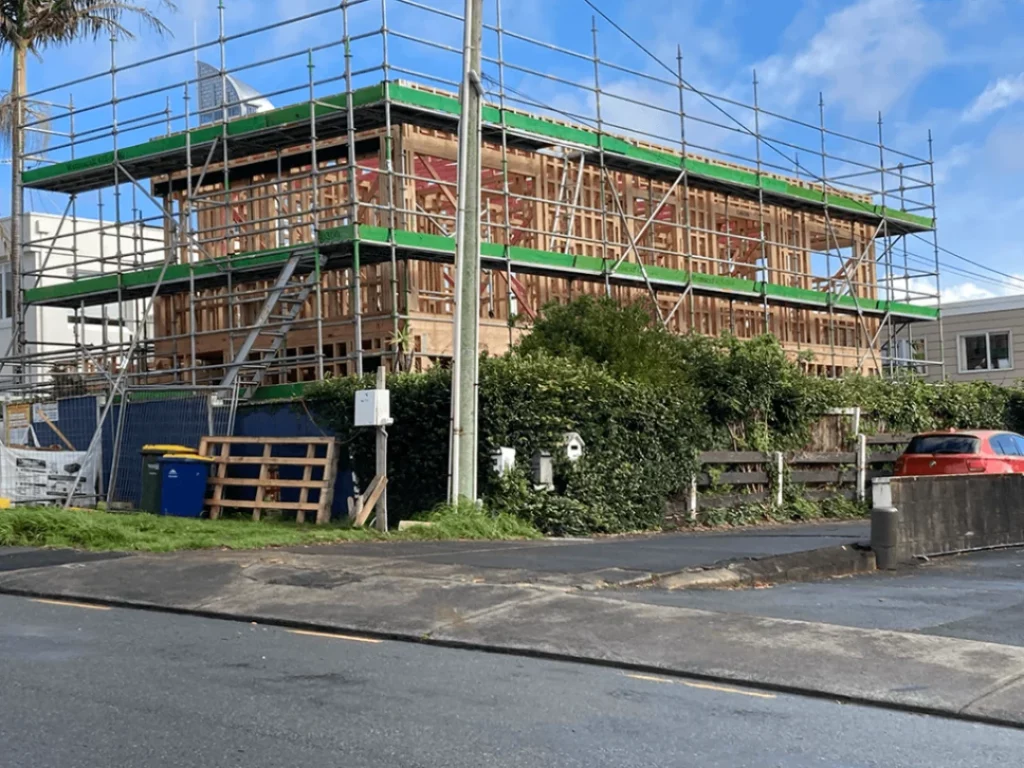
OPINION: In the first century AD, the author, engineer and architect Marcus Vitruvius’ multi-volume book de Architectura (On Architecture)covered such diverse topics as urban design, how to build aqueducts, and optimising your sundial.
Showing remarkable prescience, he makes a point of explaining how to build walls with a cavity to prevent buildings from leaking or growing mould. Why this 2000-year-old piece of knowledge is not essential reading for any architecture student, apprentice, or building consent officer I do not know.
Vitruvius, like any good practical Roman, operates from a core assumption that things must be built to last, so designs and materials must be able to weather the world. The foundation of his philosophy was that buildings should have three virtues: strength, utility, and beauty.
What he didn’t anticipate was the impact of the industrial revolution (exotic building materials), modernism (ubiquitous plate glass, steel, concrete, and spreadsheets), or the Charter of Athens (vertical and horizontal housing sprawl, zoning of activities, and prioritisation of the chariot).
Nor did he imagine the recent glorification of urban planners and architects, which seems to have coincided with the slow drain of anything beautiful or human scale from the built environment.
And he certainly didn’t see companies like Katerra, L&G, Lendlease or Zuru Tech coming. Companies that seek to ‘disrupt’ or ‘transform’ the way we build houses worldwide, heralding in a new era of ‘digital construction’ and mega-factories.
Certainly, the way we design and build our homes is utterly broken, a fact that no doubt drives such ambitious projects. The urge is to tear up thousands of years of knowledge and iteration, and trust that economies of scale, standardisation, and robot armies will be our salvation.
But does our way of building need ‘disruption’ in this modern way?
The last thousand years have brought us some of the most beloved buildings, many constructed before the advent of the decimal point, power tools, or anything more exact than a ‘rule of thumb’.
The problem with architecture today is that, too often, the human is left out of the equation. Appropriately scaled and relational qualities, centred on people within their environment are the entire point of building anything in the first place.
Not too long ago, the process of building a house required local craftsmen, materials, and manual labour. Some of those people you would bump into in the street, at the pub, or in church. They did a good job because it was personal; the incentives were symmetrical.
Over the last century, however, we have become increasingly divorced from this process. That responsibility is left to the house company or the developer, culminating in the off-shore robot-factory.
Current house design and build is already highly process-oriented like a factory line, using materials sourced from long, friction-filled global supply chains. The dynamics of prefab are no different, and large factories are always one earthquake, supply-chain hiccup, or Covid-type event away from failure.
The word ‘vernacular’ describes a style that embodies a local sense of tradition, culture, and storytelling, using local craftsmanship and materials. By creating local identities in this way through our buildings and streets, communities become more than just an ensemble of individual components.
This is cornerstone to the development of healthy and functional communities, but how this reconciles with centralised manufacturing of universal housing at scale is unclear.
While prefab’s promise to deliver homes at a fraction of the cost is highly compelling for governments saddled with the problem of housing unaffordability, defining ’cost’ remains problematic. Short-sighted decisions on how and what to build are often made on flawed financial models.
The delivery of flatpack homes ‘for a fraction of the price’ is a false promise. If we want to see value, a great example are the alms houses built for the poor in Italy in the 16th century, or London in the 19th century, which are some of the most popular and expensive properties you can buy today. They are solid, beautiful, and timeless in a way that encourages people to maintain and adapt them. No heritage protection laws required.
‘If you’re not doing prefab, you’re a moron’ was once the siren song of the NZ prefab building industry. Yet while off-site manufacturing has always been a great idea in theory, doing it (and surviving) is more complicated. Reality gets in the way of the abstract ‘logical’ models that become disastrous when they meet the real world.
Good design, by necessity, requires immense sensitivity to context and feedback on the ground, not just virtual kitset simulations with the odd rendered tree to make it look presentable.
While the urge may be to rip up Vitruvius’ textbook, it’s dangerously arrogant to believe we can foresee all the environmental, social, and economic consequences. The author Donald Kingsbury once said: “Tradition is a set of solutions for which we have forgotten the problems.”
Whether vernacular architecture can be created in a factory remains to be seen.
Dan Heyworth is one of the founders of home design and build company Box and describes himself as a ‘reformed prefab evangelist’. He thanked Caleb Mitchell for his help with complexity science.
